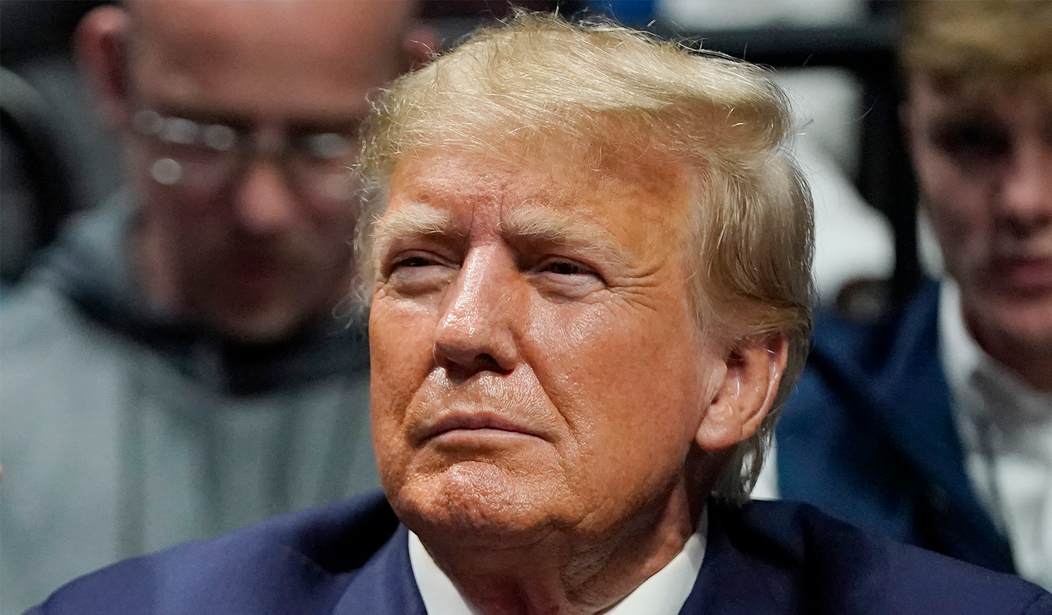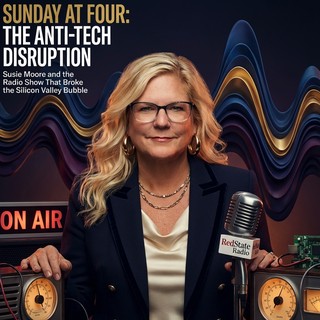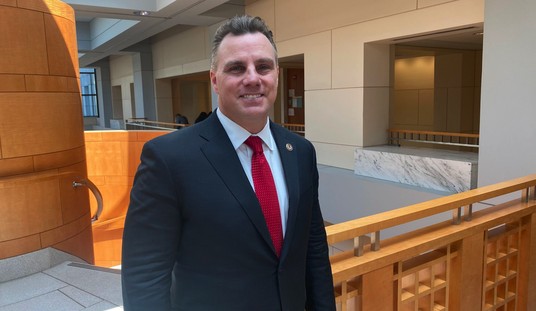It’s a bit arduous to lay out the torturous procedural chronology of the ongoing litigation between E. Jean Carroll and former President Donald Trump. There are two separate lawsuits, one post-trial and one pending. And it all seems to blend together. But to revisit, here’s the Reader’s Digest version of it, as reported previously:
- Carroll sued Trump for defamation in 2019 over comments he made about her (and her accusations) in 2019.
- Carroll sued Trump for defamation and rape/sexual abuse in 2022 over comments he made about her (and her accusations) in 2022.
- The 2022 lawsuit went to trial, and in May 2023, a jury found Trump liable for sexual abuse (not rape) and defamation.
- The next day, Carroll told CNN (and others) that Trump did, in fact, rape her (despite the jury’s finding).
- The next night, Trump told CNN that Carroll’s story was made-up and that she was a whack job.
- Carroll amended her claim in the (still-pending) 2019 suit to substitute “sexual abuse” for “rape” and to include Trump’s CNN comments.
- Trump has now filed a counterclaim in the 2019 suit over Carroll’s CNN comments that he raped her.
- Oh — and the DOJ, which previously claimed it should be substituted for Trump in the 2019 suit, is now scrambling to distance itself from it.
The bolded portion above gives a brief overview of the second suit (“Carroll II”) — the one that went to trial in the spring and resulted in a five million dollar verdict for Carroll. Following the verdict, Trump filed a Motion for New Trial (common in post-trial litigation — and often a prerequisite to filing an appeal).
Judge Lewis Kaplan, who presided over Carroll II (and, incidentally, is the assigned trial judge for Carroll I, as well, but is no relation to Carroll’s lawyer, Roberta Kaplan), issued a ruling on Wednesday denying Trump’s Motion for New Trial or Remittitur (seeking to reduce the jury’s award). That the motion was denied isn’t terribly surprising. In nearly three decades of litigating, I could count on one hand the number of cases in which post-trial motions (my client’s or the opposing party’s) were granted. It’s rare even when judges don’t have a readily apparent predisposition towards one or both of the parties. Trial judges tend to lean toward deferring to what their juries did (and standing by their own rulings), leaving it for appellate judges to sort out if there is a legal basis for overturning a verdict.
What catches the attention about this particular ruling, however, is what strikes me as sort of the reverse-Whoopi-Goldberg rationale about the term “rape.” Goldberg, as you may recall, once (in)famously defended director Roman Polanski, insisting that his having sex with a drugged, passed-out 13-year-old girl — when he was 43 — wasn’t “rape-rape.”
In the case of Carroll II, the jury found that Trump sexually abused (and defamed) Carroll, but did not find that he raped her. In denying Trump’s motion seeking a new trial or reduced award on the sexual abuse claim, Judge Kaplan took a curious turn, spending several pages — and footnotes — of his ruling explaining that even though the jury did not find that Trump raped Carroll, that was based on a very narrow definition of the term “rape” and that did not mean Trump did not “rape” Carroll in a broader sense of the term.
The jury’s unanimous verdict in Carroll II was almost entirely in favor of Ms. Carroll. The only point on which Ms. Carroll did not prevail was whether she had proved that Mr. Trump had “raped” her within the narrow, technical meaning of a particular section of the New York Penal Law – a section that provides that the label “rape” as used in criminal prosecutions in New York applies only to vaginal penetration by a penis. Forcible, unconsented-to penetration of the vagina or of other bodily orifices by fingers, other body parts, or other articles or materials is not called “rape” under the New York Penal Law. It instead is labeled “sexual abuse.”
As is shown in the following notes, the definition of rape in the New York Penal Law is far narrower than the meaning of “rape” in common modern parlance, its definition in some dictionaries, in some federal and state criminal statutes, and elsewhere. The finding that Ms. Carroll failed to prove that she was “raped” within the meaning of the New York Penal Law does not mean that she failed to prove that Mr. Trump “raped” her as many people commonly understand the word “rape.” Indeed, as the evidence at trial recounted below makes clear, the jury found that Mr. Trump in fact did exactly that.
So why does this matter? It matters because Mr. Trump now contends that the jury’s $2 million compensatory damages award for Ms. Carroll’s sexual assault claim was excessive because the jury concluded that he had not “raped” Ms. Carroll. Its verdict, he says, could have been based upon no more than “groping of [Ms. Carroll’s] breasts through clothing or similar conduct, which is a far cry from rape.” And while Mr. Trump is right that a $2 million award for such groping alone could well be regarded as excessive, that undermines rather than supports his argument. His argument is entirely unpersuasive.
This jury did not award Ms. Carroll more than $2 million for groping her breasts through her clothing, wrongful as that might have been. There was no evidence at all of such behavior. Instead, the proof convincingly established, and the jury implicitly found, that Mr. Trump deliberately and forcibly penetrated Ms. Carroll’s vagina with his fingers, causing immediate pain and long lasting emotional and psychological harm. Mr. Trump’s argument therefore ignores the bulk of the evidence at trial, misinterprets the jury’s verdict, and mistakenly focuses on the New York Penal Law definition of “rape” to the exclusion of the meaning of that word as it often is used in everyday life and of the evidence of what actually occurred between Ms. Carroll and Mr. Trump.
Here’s the TL/DR version: The term “rape” is very narrowly defined under New York Penal Law as only involving penile penetration of the vagina. While the jury did not find that Trump raped Carroll under that very narrow definition, it did find that he sexually abused her, which necessarily implies digital penetration under the evidence of the case. (Carroll presented extensive evidence of digital penetration. She did not present evidence of groping through clothing.) Digital penetration is considered “rape” by many and under the laws of a number of other jurisdictions. So, in essence, the judge is saying it may not have been “rape-rape,” but it was “rape” — not to excuse or defend Trump (as Goldberg did Polanski), but rather to hold him culpable.
The curious part of it is that the judge needn’t have gone through that rather detailed semantic exercise to deny the motion. All he needed to do was point to the fact that the jury found that Trump had sexually abused Carroll which, under the evidence presented, necessarily implied he’d digitally penetrated her and caused her both physical and emotional harm, thus justifying the two million dollar award on that claim.
That he did so, in my view, has a direct implication as to Trump’s counterclaim in the still-pending lawsuit (Carroll I). In that suit, Trump’s counterclaim asserts that Carroll defamed him when she told CNN that he did, in fact, rape her the day after the verdict in Caroll II. They’re separate lawsuits, so Judge Kaplan’s ruling on the Carroll II post-trial motion technically won’t be binding as to Carroll I, but it certainly doesn’t bode well for the likelihood of Trump’s success on his counterclaim, now does it?














Join the conversation as a VIP Member